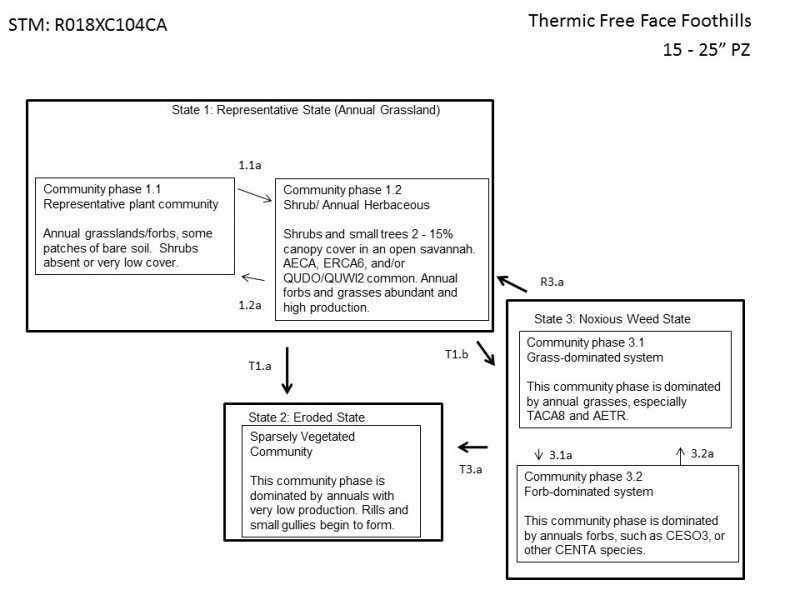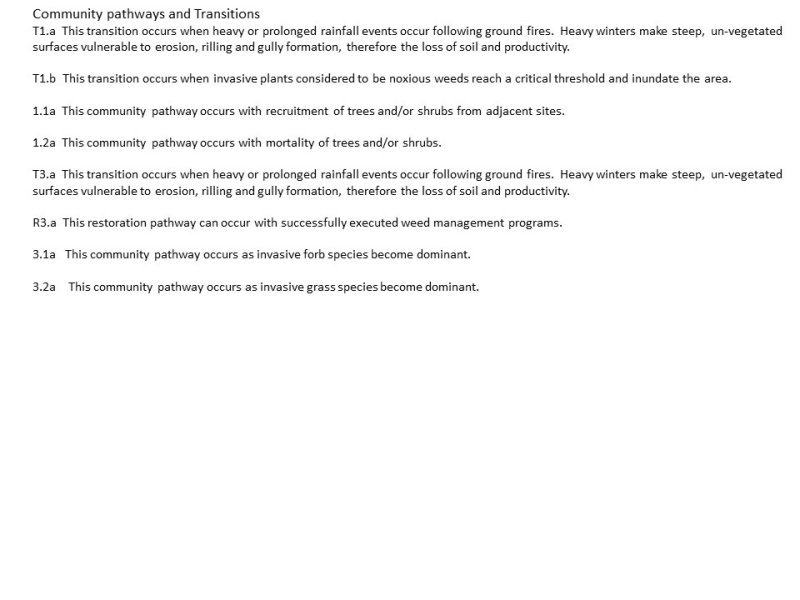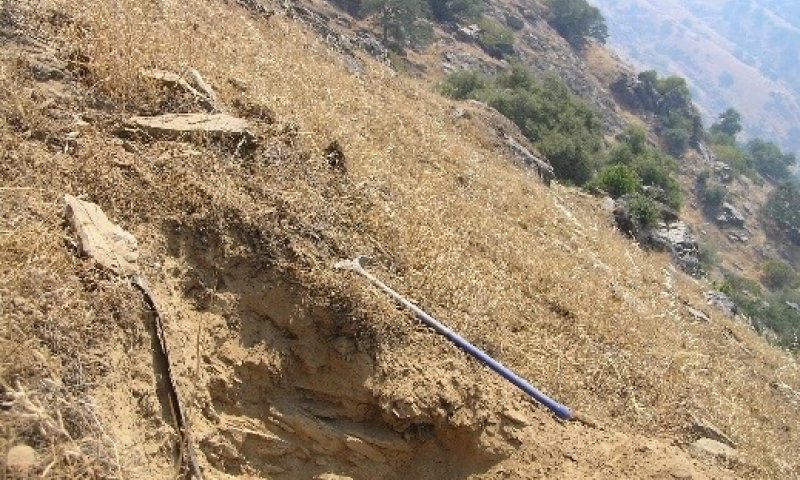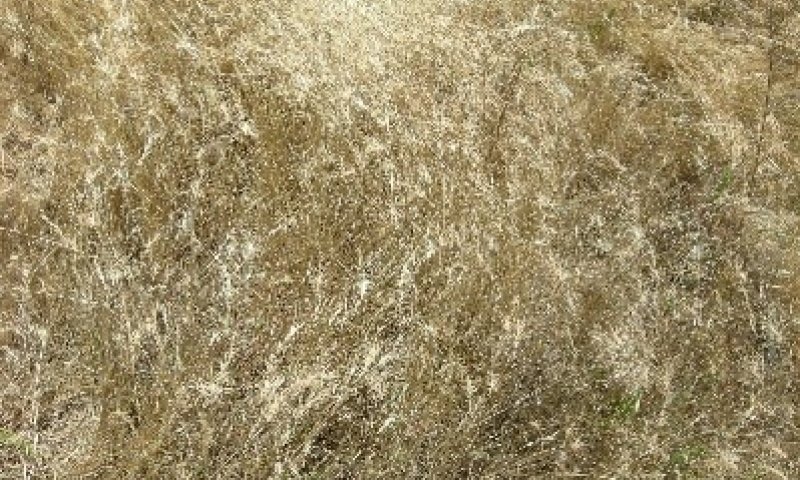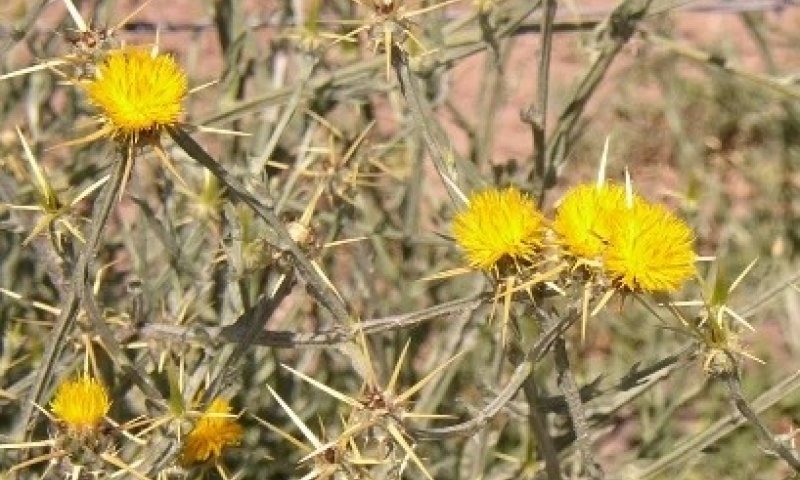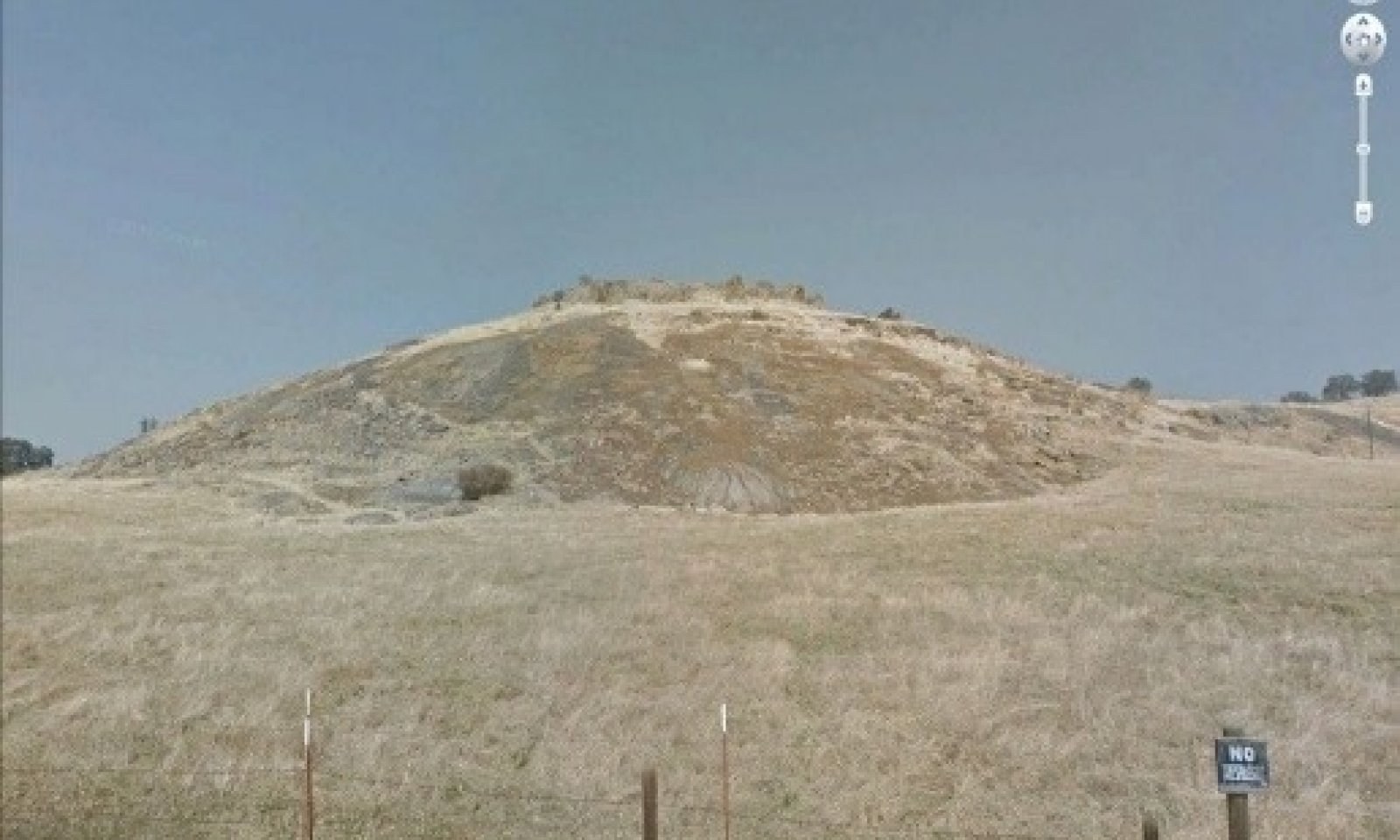

Natural Resources
Conservation Service
Ecological site R018XC104CA
Thermic Free Face Foothills
Last updated: 4/24/2024
Accessed: 11/23/2024
General information
Provisional. A provisional ecological site description has undergone quality control and quality assurance review. It contains a working state and transition model and enough information to identify the ecological site.
MLRA notes
Major Land Resource Area (MLRA): 018X–Sierra Nevada Foothills
Major Land Resource Area (MLRA) 18, Sierra Nevada Foothills is located entirely in California and runs north to south adjacent to and down-slope of the west side of the Sierra Nevada Mountains (MLRA 22A). MLRA 18 includes rolling to steep dissected hills and low mountains, with several very steep river valleys. Climate is distinctively Mediterranean (xeric soil moisture regime) with hot, dry summers, and relatively cool, wet winters. Most of the precipitation comes as rain; average annual precipitation ranges from 15 to 55 inches in most of the area (precipitation generally increases with elevation and from south to north). Soil temperature regime is thermic; mean annual air temperature generally ranges between 52 and 64 degrees F. Geology is rather complex in this region; there were several volcanic flow and ashfall events, as well as tectonic uplift, during the past 25 million years that contributed to the current landscape.
LRU notes
LRU 18XC is located on moderate to steep mountains and hills in the Sierra Nevada Foothills east of Fresno, CA. The major differences between the southern and northern foothills are the dryer climate (12 to 37 inches of annual precipitation), greater summer/winter temperature variation, and steeper topography of the southern foothills. The geology of this region is predominately granitoid. The elevation ranges between 300 and 4100 feet above sea level. Warmer temperatures and lower precipitation (than at higher latititudes) allow for blue oak grasslands to exist at higher elevations. The soil temperature regime is primarily thermic, however some mesic soils are found at higher elevations of 18XC. At these upper elevations, the break in soil temperature regime (between thermic and mesic) is highly aspect dependent. Southern and western aspects at the steep, high elevations promote chamise-yucca plant assemblages. Buckeye is common in the concave positions. Riparian trees that are generally absent from the northern LRU’s include California Sycamore (Plantanus racemosa) and lemon scented gum (Eucalyptus citriodora).
Classification relationships
CLASSIFICATION RELATIONSHIPS
This site is located within M261F, the Sierra Nevada Foothills Section, (McNab et al., 2007) of the National Hierarchical Framework of Ecological Units (Cleland et al., 1997), M261Fc, the Lower Granitic Foothills and M261Fd, Southern Granitic Foothills Subsections.
Level III and Level IV ecoregions systems (Omernik, 1987, and EPA, 2011) are: Level III, Central California Foothills and Coastal Mountains and Level IV, Ecoregion 6c, Southern Sierran Foothills.
Ecological site concept
This site occurs on shallow to moderately deep soils on sideslopes of steep to very steep hills and ridges. It occurs on backslopes, shoulders, and summits in granitic parent material. Rock outcrops cover greater than 25% of the area. Slopes typically range from 20 to 58%. Mean annual precipitation typically ranges from 15 to 25 inches, and elevation ranges from 1000 to 4300 feet.
Shallow soils with low available water capacity on steep, rocky terrain limit productivity at this site. Common soil components correlated to this site include Vista, Tunis and Tollhouse. Vista is moderately deep over grus and is classified as a coarse-loamy, mixed, superactive, thermic Typic Haploxerept. Tunis and Tollhouse are both shallow Haploxerolls. Tunis is thermic and Typic and Tollhouse is mesic (cooler) and Entic (no cambic horizon).
The dominant vegetation in this ecological site consists of annual grasses, forbs and stunted chaparral shrubs. Common species include brome (Bromus spp), squirreltail (Elymus elymoides), chamise (Adenostoma fasciculatum), manzanita (Arctostaphylos spp.) and Ceanothus (Ceanuthus spp.). Total annual production ranges between 600 and 1000 lbs/ac.
Similar sites
| R018XC105CA |
Thermic Foothills Site relationships being developed. |
|---|
Table 1. Dominant plant species
| Tree |
Not specified |
|---|---|
| Shrub |
(1) Adenostoma fasciculatum |
| Herbaceous |
(1) Bromus hordeaceus |
Click on box and path labels to scroll to the respective text.
